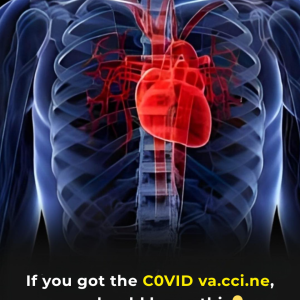
Breast cancer remains one of the most widespread diseases among women, impacting millions globally.
Spotting it early significantly boosts survival rates and enhances the quality of life for those diagnosed. That’s why recognizing the early signs and monitoring your body closely is so important.
This article aims to share clear, practical information about breast cancer symptoms and why catching them early can make a difference.

Common Symptoms to Look Out For
The signs of breast cancer can vary from person to person, but one of the most common warning signals is the presence of a lump or mass in the breast. These may be painless or cause some discomfort. However, not every lump is cancerous—which is why any noticeable change should be checked by a healthcare provider.
Beyond lumps, be aware of alterations in the shape or size of your breasts, and pay attention to your skin’s appearance. Thickened skin or changes like dimpling or wrinkling may indicate a problem.
Redness, swelling, or unusual texture in the breast area may also be early signs. These symptoms can be mild and easy to miss, making regular self-exams all the more important.

Learning to Spot Changes Through Self-Exams
One of the simplest ways to monitor breast health is by performing monthly self-examinations. Women are encouraged to begin this practice at age 20.
Picking the same day each month makes it easier to remember. Performing the check in the shower or while looking in the mirror can help make it easier to notice any abnormalities.
Breast discomfort or persistent pain can also be a signal that something’s not right. While tenderness is often related to the menstrual cycle, ongoing or unusual pain should be brought to your doctor’s attention, as it may be a symptom of a more serious issue.
The Role of Mammograms in Early Diagnosis
While self-exams are valuable, mammograms remain a key tool in detecting breast cancer—especially before any physical symptoms appear. These screenings can reveal tumors too small to be felt. How often you should get a mammogram depends on your age, personal health background, and family history. Generally, annual mammograms are recommended starting at age 40, but your doctor may adjust this based on your individual risk.
Open communication with your healthcare provider is essential. If breast cancer runs in your family, your doctor might suggest earlier or more frequent screenings to stay ahead of potential risks.

Prevention Through Healthy Living
In addition to being alert to warning signs, making healthy lifestyle choices can play a role in reducing your breast cancer risk. A nutritious diet that includes plenty of fruits, vegetables, and whole grains, along with regular physical activity, contributes to better overall health.
Limiting alcohol intake, keeping a healthy weight, and avoiding tobacco use are also vital steps. Research consistently shows that smoking raises the risk of several types of cancer, including breast cancer. Quitting can have a powerful impact on your long-term health.
The Importance of Emotional Support
Receiving a diagnosis of cancer can feel overwhelming, but it’s crucial to remember that support is available. Whether through friends, family, or organized support groups, talking about your fears and emotions can help ease the mental burden.
Many organizations also provide practical resources and emotional care for individuals facing breast cancer. Don’t hesitate to seek support—you’re not alone, and help is always within reach.

Final Thoughts
Catching breast cancer early is one of the most effective ways to improve outcomes. Staying aware of your body, practicing regular self-checks, maintaining healthy habits, and scheduling routine medical screenings are all essential steps. Mammograms and medical consultations are powerful tools in early detection. Your well-being matters—staying informed and proactive is one of the best ways to protect it.




